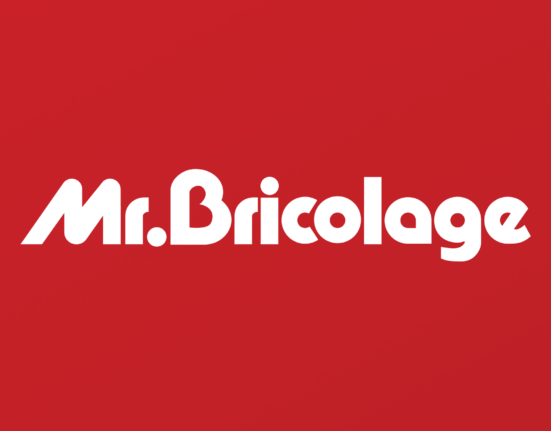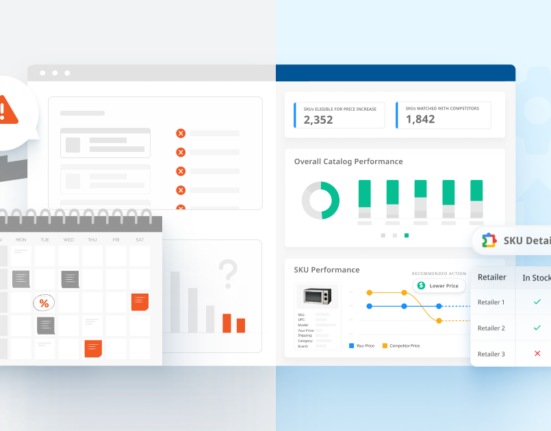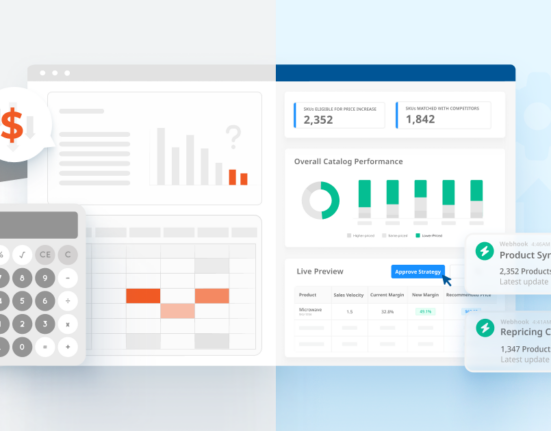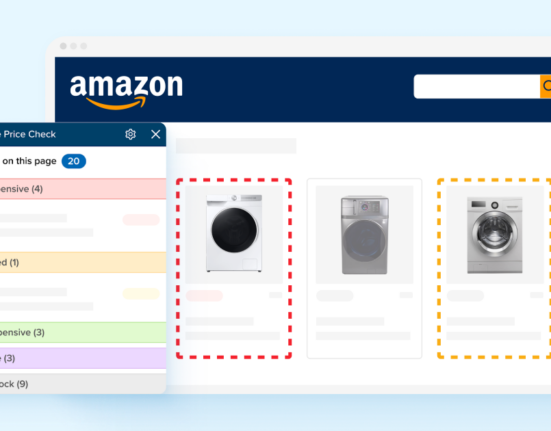Temporary price reductions, or TPRs, are a necessary part of retail. It’s not really a question of if you should use a TPR, but when.
Promotions influence shopper behavior, and consumers are conditioned to search for the best deals and prioritize brands and retailers who markdown products more often than the competition. If you want to be competitive, you better have an arsenal of TPRs ready to go depending on the situation.
However, dropping the price of your products for a short time can have a number of side effects, some positive and negative. What you need to do is be smart about TPRs, and deploy them in ways that deliver the biggest benefits for your business.
Here’s how to get started.
What is a Temporary Price Reduction?
First, it’s helpful if we’re working from the same definition of temporary price reduction. TPRs are when a product’s price decreases by a predetermined amount for a certain period of time, usually two to four weeks. The length of the price decrease can vary, but once you get past seven or eight weeks that new price is much more permanent than temporary.
TPRs should also meet a minimum threshold of price decrease to count, usually 5 percent to 10 percent. Dropping the price of a $500 product by a penny doesn’t really count here. It has to be meaningful enough for a customer to notice. Examples of TPRs include the standard dollars-off markdown, limited-time coupons, contests, rebates, and more.
In general, TPRs are negotiated between the brand manufacturer and the retailer. The brand recommends the framework of the TPR and the retailer executes that campaign.
TPRs are when a product’s price decreases by a predetermined amount for a certain period of time, usually two to four weeks.
When’s the Right Time for a TPR?
The first step toward getting the most out of your next temporary price reduction occurs during the planning stage.
There’s a lot that goes on during planning, naturally, but at a high level, you should focus on your profit margins when deciding whether to decrease prices. The question to ask is “how big of an increase in sales do we need to match our current profit margin?” You can run some simple calculations to determine whether a 10 percent discount will require a 50 percent, 60 percent, or higher increase in sales to achieve the same profit.
Then, ask yourself whether that increase in sales is attainable. If it’s not, you already have some good evidence against your TPR. On the other hand, if it is possible, you can tweak the percent reduction in price to lock in on the decrease that gives you the best chance for success.
Assuming the financial numbers look solid, you can move on to some broader questions to consider when deciding to implement a TPR.
Does the Price Reduction Align With Your Brand?
Running a few sales promotions can be a positive or a negative based on one factor: your brand. Do temporary markdowns align with your brand image?
For example, luxury and premium brands might not benefit from a lower selling price. Their brand image says that they’re the best of the best, and consumers expect to pay top dollar for their products. A surprise sale sends the opposite message—that quality has decreased, hence the lower price. On the contrary, there are brands that thrive using temporary price reductions. It’s a core part of their brand. These are typically brands in the CPG space, the dollar channel, and similar verticals.
Do You Need an Awareness Boost?
On a similar note, consumers taking notice of your brand due to a price reduction isn’t necessarily a bad thing. In fact, it can be a core reason why you implement a promotional period.
In this case, you can use this strategy to drive up brand awareness. Markdowns are an excellent way to increase foot traffic into a store, especially when you add on the psychological impact of a limited-time offer. You can use TPRs to support new product launches, new reseller partnerships, and much more. Maybe you want to test out a pop-up shop in a certain area? Opening that store alongside a lower price of your best-seller for the duration of the pop-up might be a solid strategy.
Can You Execute at the Store Level?
It’s not all good news, though. Trade promotions that include a temporary price reduction can prove challenging to manage for brands. The reason is that brands work with their retailer partners to organize the promotion, and it often falls on the retailer to execute. This takes one of the biggest parts of the entire process out of the brands’ hands.
So then, are you confident that your TPRs have been executed properly? That the retailer set up the promotional materials and honored the new price? Odds are, you turn to merchandisers and third parties to audit individual stores to find out. The last thing you want is to have the discount you negotiated with the retailer not get shared with the consumer.
Be Confident in Your Next Temporary Price Reduction
There are two core areas where you can analyze data to support your next temporary price reduction: price intelligence and retail execution. Not to be too on the nose, but Wiser has solutions to help with both of those areas.
Do your due diligence around competitive prices, consumer expectations, and market conditions to determine what’s a good price to target and when’s a good time to implement a promotion. Once it’s rolled out, manage the execution by prioritizing your field teams or using Wiser’s crowd of mystery shoppers to get data from more stores at scale.
You can check out all of our solutions for more on how we can help you increase profit margins and protect your brand. We’re also standing by if you’d like to chat more about your commerce execution challenges.










